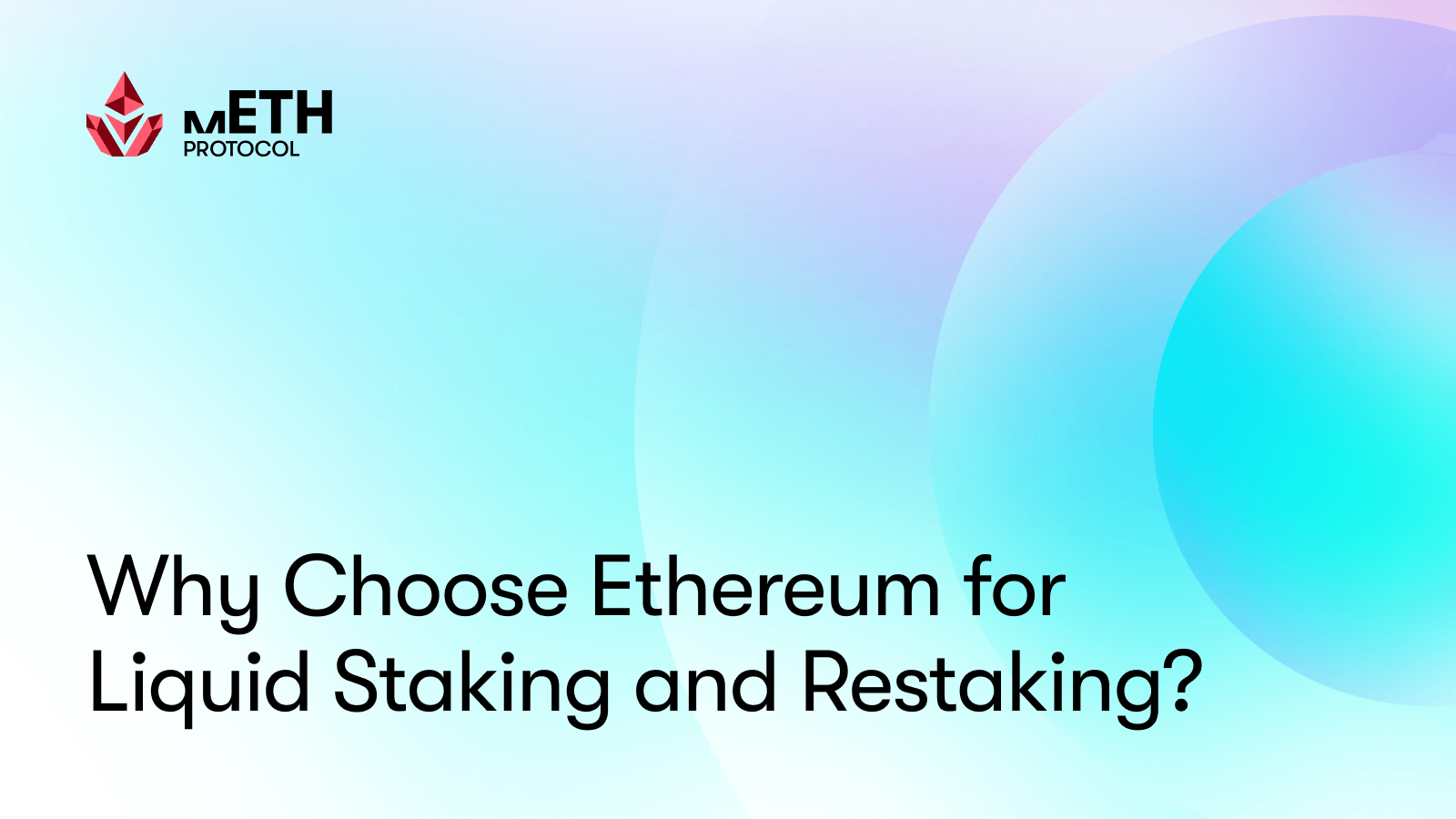
Liquid staking was introduced to solve the tradeoff between locking tokens for staking yield and keeping them liquid for trading, by making each staked asset dual-purpose.
While many chains now offer liquid staking, Ethereum has refined the model. Its economic security, affordable gas fees, and deep DeFi integration enable liquid staking to scale, delivering capital efficiency without compromising safety or predictability.
Security on Ethereum
Since the Merge, Ethereum has transitioned to Proof-of-Stake and now secures 35M ETH, over $100B in economic value, staked across 1M+ active validators. Beyond sheer scale, Ethereum's client diversity is a critical defense: multiple consensus and execution clients (Prysm, Lighthouse, Teku, etc.) ensure that no single software bug or upgrade can derail the chain.
Ethereum's slashing framework further strengthens security by penalizing any validator that goes offline or tries to double-sign a block. Top liquid staking providers back that guarantee with insurance funds and by spreading ETH across a diverse set of validators.
Efficient, Predictable Gas
High and volatile fees once deterred large participants. With the Pectra Upgrade, Ethereum transformed its fee market for large-scale users.
Pectra doubled blob throughput, raising target blocks from 3 to 6 (and the maximum from 6 to 9), boosting daily blob capacity from 5.5GB to 8.15GB, and increasing the block gas limit by 20% to 36 million gas per block, effectively raising L2 throughput by a fifth.
These advances build on the 90% reduction in rollup data costs delivered by Post-Dencun danksharding, pushing average mainnet fees toward $0.50 and L2 costs into single-digit cents.
Together, these upgrades make gas expenses for minting, moving, and utilizing liquid staking tokens both low and highly predictable, ensuring that institutions can deploy and monetize their ETH without worrying about fee drag.
A Deeply Composable Ecosystem
The impact of liquid staking is amplified by Ethereum's unrivaled DeFi ecosystem. Ethereum alone accounts for roughly $73B of the $130B total DeFi TVL across all chains, hosting the most extensive suite of lending platforms, automated market makers, and yield aggregators.
Within this ecosystem, over $40B+ in TVL is directly tied to LSTs, and more than 60% of that capital is actively deployed as collateral on Aave, liquidity in Curve pools, leverage in Synthetix, and structured products on Yearn.
On top of that, restaking innovations, most notably EigenLayer, secure $4.4M+ ETH, allowing LST holders to undertake emerging infrastructure such as bridges, oracles, and rollups, layering additional rewards on their base staking yield.
Where mETH Protocol Fits In
As liquid staking on Ethereum continues to evolve, mETH Protocol emerges as the bridge between both on-chain and institutional-grade initiatives.
Backed by multiple third-party audits, a vast treasury reserve, and a transparent on-chain governance framework, mETH Protocol enhances the value of ETH as a productive asset and earns steady yield through its core components: mETH & cmETH.
When you stake ETH to mETH, this sends ETH into the mETH smart contract, instantly minting mETH on a 1:1 basis. Not only do users earn a competitive base APY of 2-3%, reflecting standard Ethereum staking yields net of protocol fees, but mETH's composable design lets you go further by restaking your mETH into cmETH to earn additional rewards like Powder, as well as points from partner protocols like EigenLayer, Karak, and Symbiotic on top of base APY.
Looking Ahead
As seen from Electric Capital's 2024 Developer Report, Ethereum continues to dominate DeFi innovation, with 53% of active DeFi developers building on Ethereum and its L2s. DeFi TVL additionally grew 89% in 2024, with Ethereum commanding 7x the TVL of the next largest chain.
With unrivaled developer momentum, high economic security, and a composable ecosystem that already channels over $40B+ in LSTs, protocol upgrades that steadily reduce costs and boost throughput will only reinforce Ethereum's position.
As gas fees decline and data capacity expands, Ethereum will remain the default home for liquid staking, empowering both retail users and institutions to maximize their capital efficiency without compromise.